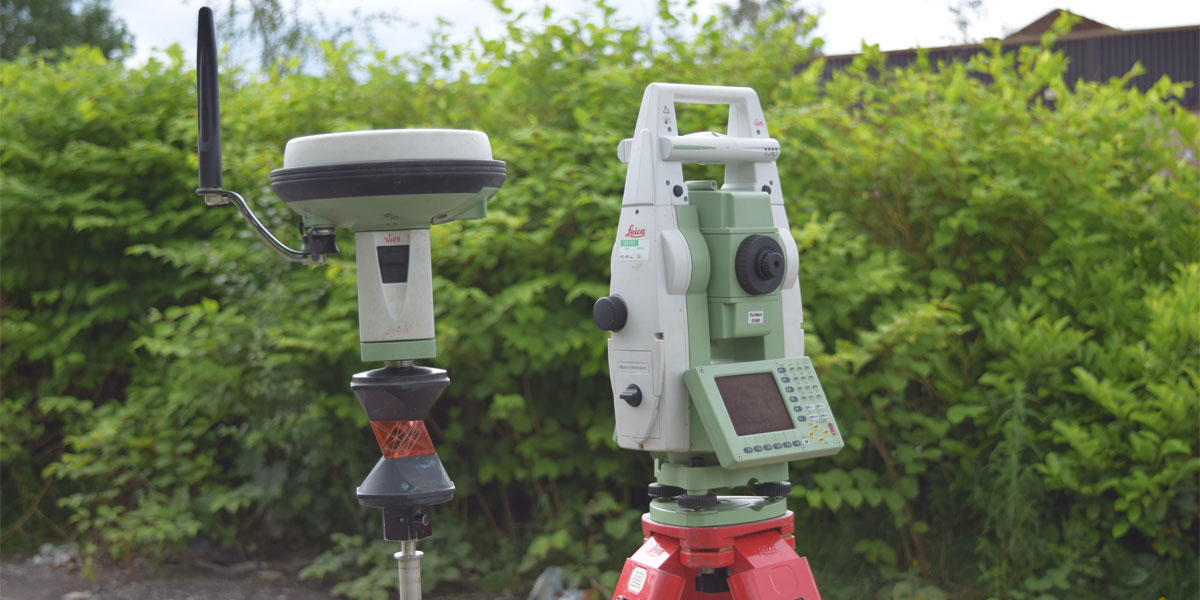Terrain Surveys: A Specific Estate Attorney's Base on the Forms and Purposes


Law institution doesn't teach much about land surveys online, which leaves several aspiring real property attorneys in the quandary. Surveys generally occupy the main of property dealings and disputes. In fact, surveys happen to be central to ALMOST ALL real estate property matters, like land conveyances, boundary disputes, and real estate development. Yet nearly all beginning attorneys be lacking even a basic understanding of the kinds of studies. Despair not: this article provides a good summary of the varieties of surveys and their intended uses.
DIFFERENT TYPES OF SURVEYS
Knowing the class and reason for a survey can greatly increase the reader's understanding. This will be much the same as seeking out an flight window: the spot miles below can seem incomprehensive unless you possess some idea of precisely what to expect.
You will discover roughly four overarching categories of surveys online: 1) boundary, 2) plat, 3) topographic, and 4) construction. Each has its own purpose the following:
1. Boundary. Boundary surveys show the location regarding lots without splitting them into new properties. The most typical subcategory is a 'record of survey', which can be the variety identified recorded with region auditor's offices. Additional subcategories include 'right of way' (road boundaries), ALTA or ACSM (surveys intended for land title policies), riparian (water boundaries), and boundary range adjustment.
2. Plat. Plats depict typically the division of properties. That they basically take 1 property and break up it into two or more pieces. For example, a new plat might create a subdivision, or even a 'short plat' might create some sort of small subdivision. These types of studies can also depict multiple properties which often coexist as a single lot-a condo 'survey map and plan. '
a few. Topographic. Topographic studies show the "contours" of the property. The most basic and common "contour" is change in elevation, often draw as traces representative of 2 foot rises or drops. Other popular contours include buildings, roads, utilities, waterways, and trees. Rather than Topographical Land Surveyors Knowle in addition to plats, topographic studies typically do not necessarily concentrate on lot outlines, though boundary traces could be included with regard to added perspective. A new wetlands critical region survey is a good example regarding a topographic subcategory.
4. Construction. While the name recommends, construction surveys meet up with construction site and even planning needs. These people thus often display roads, sewer traces, elevation changes, storm drain sections, strength lines, building measurements, physical obstruction, and even any other capabilities about which contractors should be aware. Consider them typically the survey equivalent to a building's architectural drawings.
Before expressing any survey, first of all identify its kind and purpose. Your own clients will be glad for it later.
